Daniel Gallardo started doing drag as a teenager Mexico in the early 2000s, mainly impersonating famous cis women singers and performers like Thalía, Bibi Gaytán and Selena, which was the “mainstream” drag form in North America at the time.
“Female impersonators are quite acclaimed and it’s something that if you want to do it, that’s awesome,” said Gallardo. “It’s quite difficult, too. It’s such an artistry.”
Gallardo drifted away from drag until, years later, friends introduced them to RuPaul’s Drag Race.
“I was like, ‘Wow, everything that we wanted to have back then, now there’s so many possibilities,’ and it’s being so celebrated, and just mainstream, and everybody just wanted to get into it,” said Gallardo, who returned to performing drag in 2017. “So it was a good time to come back.”
Drag’s explosion of creativity was increasingly exploring a range of personas “not necessarily trying to even play with gender,” Gallardo explained. In Mexico, Gallardo resonated with the “freaks, mutants and monsters” of the House of Mutants, a local drag collective led by Gallardo’s drag mother and mentor.
Thus Gaia Lacandona, Gallardo’s current drag persona, was born, taking inspiration from Poison Ivy, the infamous Batman villain, a favourite icon of Gallardo’s. Blending feminine goddess beauty such as flowing hair with masculine facial hair, and donning Indigenous Mexican styles like Día de los Muertos skull face paint, hand fans, flower crowns and colourful embroidered dresses, Gallardo describes Gaia Lacandona as “more like non-human drag persona who embeds themselves with the land.”
“Something that I say a lot is that my drag is trying to end the monarchy of kings and queens, and bring the mutant, monsters and creatures,” said Gallardo, who arrived at UBC in 2019 to pursue graduate studies with a focus on decolonizing education and drag. He also co-ordinates the education faculty’s SOGI program.
Drag is central to Gallardo’s research, because it looks at “that decolonial possibility of imagining ourselves as radically different,” they said.
So when Gallardo had an opportunity as a community mentor last year to attend CampOUT!, the education faculty’s three-day summer camp for LGBTQ2S+ youth ages 14 to 21, they pitched a drag workshop series for campers.
Of the 80 campers who attended CampOUT! last summer, just over a third of campers participated in the drag workshops. This year CampOUT!, which is funded entirely by donation, had money for 65 campers out of the 200 young people in B.C. and Yukon who applied.
Gallardo, and the drag workshop, will be back this year. “I’m really excited to see this new generation of drag babies,” they said.
As CampOUT! 2024 readies to launch at Camp Fircom on Gambier Island next week, The Tyee spoke with Gallardo about their drag origins, adapting the artform for younger performers and audiences and what CampOUT! means for LGBTQ2S+ campers and camp leaders during a resurgence in homophobic and transphobic political messaging.
The Tyee: What did drag mean to you when you were a teenager?
Daniel Gallardo: In Mexico we didn’t specifically have the word drag. I think it was in the ’90s where the first self-titled drag queens came. But somebody that I knew before in Mexico — she’s really popular — is Divine. She was the first big character to shift the way that I understood how people were using drag, as she was just so irreverent and comical, and at the same time playing a lot with defying fatphobia and that normalization of who gets to define what a gendered body is.
How did you get involved with CampOUT!?
My focus as an educator has always been social justice, specifically issues with colonialism impacts in race, gender and sexuality and ideologies that settler colonialism left in Mexico. One of the people who was in my master of education committee — he’s my doctoral supervisor now — is Dr. Harper Keenan, the director of SOGI UBC. He was actually writing an article with a drag queen about drag pedagogy. I felt like, “Oh, I would love to do anything about drag education.”
We collaborated with the Queens of Castro in San Francisco, who were creating drag laboratories for middle school and high school students. We invited drag performers and artists who were creating spaces of education through drag. It became something that I am really passionate about, and I decided for my doctorate research to be on how drag allows us to imagine otherwise in education.
Because CampOUT! is one of the programs with 2SLGBTQ folks in the faculty of education, I pitched these drag workshops and another drag king who was going, we became these drag parents and started to adapt the workshops to a youth camp setting.
CampOUT! is not only about drag, it has all of those camp-y activities, in both senses of the word. We do one hour the first day, two hours the second day and then they have the opportunity to showcase their drag in our community celebration.
What were the first drag workshops at CampOUT! like for you?
It’s one of the most transformative, healing, fabulous experiences I’ve ever had. As a queer person, you always dreamt of having a place where you could see the multiplicities of your identity. And a lot of the youth at camp start to understand themselves as non-binary, trans or Two-Spirit. It’s so powerful to be in a place where you can see the diversity that even those identities have. You have that possibility of constant questioning and community reflection, where you are seeing other people who are healing from the same kind of wounds that you have suffered and you’re scarring together.
A lot of drag is about gaining self-confidence and being able to showcase whatever side of yourself you want. It takes so much courage to be able to show who you are and your imagination. So a lot of that first workshop is just thinking about how your drag persona is going to act, how they’re going to move. What’s their name? How do they think? How were they born?
Grabbing from ballroom culture, we walked through categories. So you’re a supermodel, but then you are a creature of the sea, but then you are a fairy, then you are an alien from outer space and then you are a lumberjack. You start to feel differently in whatever you’re gravitating towards.
Suddenly with the alien, somebody went like, “This is me.” But other people are like, “I’m a trans femme person, and I’m just feeling my supermodel Naomi Campbell-vibes.”
It’s like, yeah, you know who you are. This is the opportunity for you to be empowered and embody it.
The second day we play dress up. Now that you’ve come up with your drag name, understand how they move in this world or others, let’s think about how we can bring it to life. We sketch our faces with colours, and that gives you a blueprint for your face. I’ll be honest, last year I was really ambitious in wanting them to feel the entire drag fantasy. I was like “We’re gonna block brows, we’re going to create a whole makeup palette, eyelashes and lips, everything.” And suddenly with 30 campers asking [for help] at the same time, it became messy, but really fun.
A lot of the campers also come with makeup experience. So it became a community place where we were doing each other’s makeup; a lot of my drag babies who were more experienced with makeup helped their siblings. A queer collective of people painting each other. So this year we’re gonna do the same as last year, but with more real expectations and more helping hands.
Why is the camper age group 14-to-21 year-olds?
It represents a good part of youth that can start understanding more about health and well-being, their own self-esteem, their identity or even questioning their identity. They are already independent enough to have the responsibility to be at camp in a way that these workshops allow them to build community and also reflect on who they are. CampOUT! is really trying to bring us together to learn about decolonizing, anti-racist and disability justice approaches.
What would you say to a parent who is concerned about sending their 14-year-old to a camp with 21-year-old campers?
We have community agreements and strong policies that respect a lot of those boundaries between being an adult and being a child. The beauty of CampOUT! is that those intergenerational conversations happen. Sometimes you are seeing these relationships of mentorship between older campers and younger ones. A lot of the older campers are returnees, who came to the camp when they were younger. It’s really cool to see a community of growth, where you are seeing campers that are now becoming mentors.
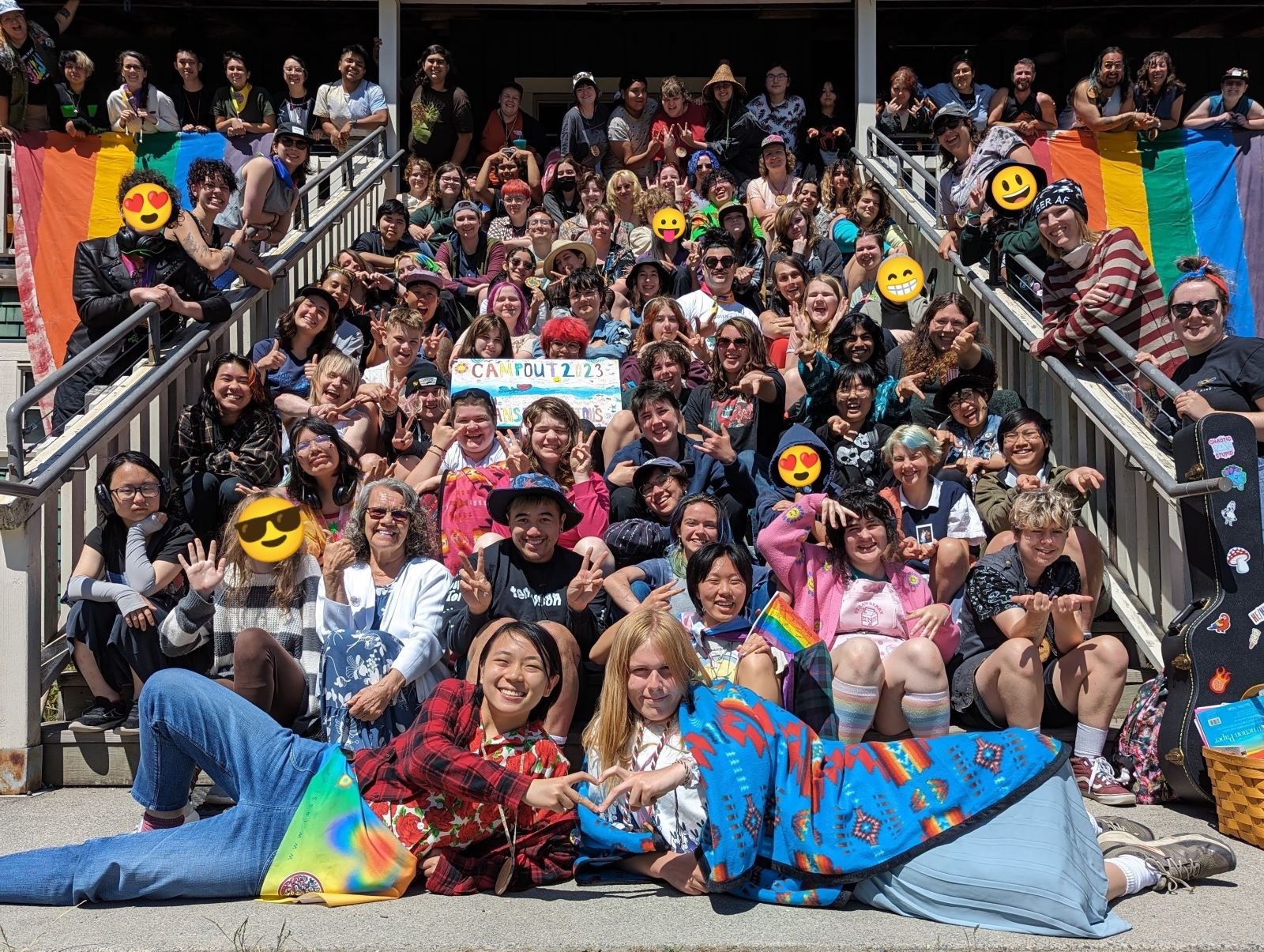
The only thing that we do differently than other cis camps is that all the gendered bathrooms are neutral and the cabins are not divided by any gender binary. But they are divided by age, so all of the cabins have their age group.
Where are the campers coming from?
It’s the entirety of B.C. and Yukon. The majority is in B.C., but there is a big priority for students who are coming from a BIPOC background and rural communities.
Something that is really cool is CampOUT! helps a lot of the youth, even if they don’t have the access and financial means to go to camp. They give priority to those students who at times are in places that don’t have a lot of LGBTQ2S organizations, so they can find communities here.
There are people who say drag “grooms” children, sexualizes them or make other accusations that have been disproved. What does it mean to have a camp like this in a time that there’s been so much transphobia and homophobia?
We always talk a lot with parents who are afraid, scared or confused of why drag is being presented in youth spaces. I asked them to think about those times they’ve been to Halloween parties, or if they’ve ever been to a party with clowns, or a place where — when I was a kid, there was this lady at the park who did your makeup and you could be like Spiderman or Batman.
I like for people to see my suitcase with costumes, glitter, makeup and cool, funny things of dress up: a big tie, fluffy wig or fake moustache. What is the difference between playing around in the imagination with performing a character and doing drag? It ends up being the same thing. We are not imposing any type of ideals or categories, we’re allowing children and youth to tell us who they want to be. And then when [parents] finally see that their camper chose to be like a unicorn from Mars, they are like, “Okay, yeah, that’s my child.”
It's also like any other art: you would never show children a film that is not rated for children, and it’s the same with drag. We adapt our performances to be tailored for a youth audience. As an educator I’ve been trained to know what is the best for youth. And creating those spaces, without any limitations of their imagination, allows for so many magical possibilities.
LGBTQ2S+ youth hear the transphobic and homophobic public comments from adults, particularly leading up to the B.C. election. In a time like this, what does it mean to them to have this camp with other queer and trans people their age?
It means that there is a place how the world should be. It’s a place where you are always being lifted up by each other, and it’s so magical to see. So I’ll give you an example: before the campers arrive, we change the signs of the bathrooms to gender neutral bathrooms, and then in each of the mirrors, we write affirmation notes: “I’m so glad you’re here,” “You are magic,” “You belong here,” “You’re spectacular,” “I’m grateful you exist.”
So every time that camper looks in the mirror, they’ll see this affirmation. In all of the camp activities, in all of the workshops and everything we do, those affirmations are happening constantly, where you are reminded how magical you are just for existing, for being here and for being in a community of queerness.
It's such an empowering thing for campers, because they gain networks of support. It creates these bonds that are what I mentioned before, where these are folks and youth who suffered wounds they never should have suffered. And with CampOUT!, we are cultivating a place that allows for those wounds to heal and for transformations to happen. Trans-formations [laughs].
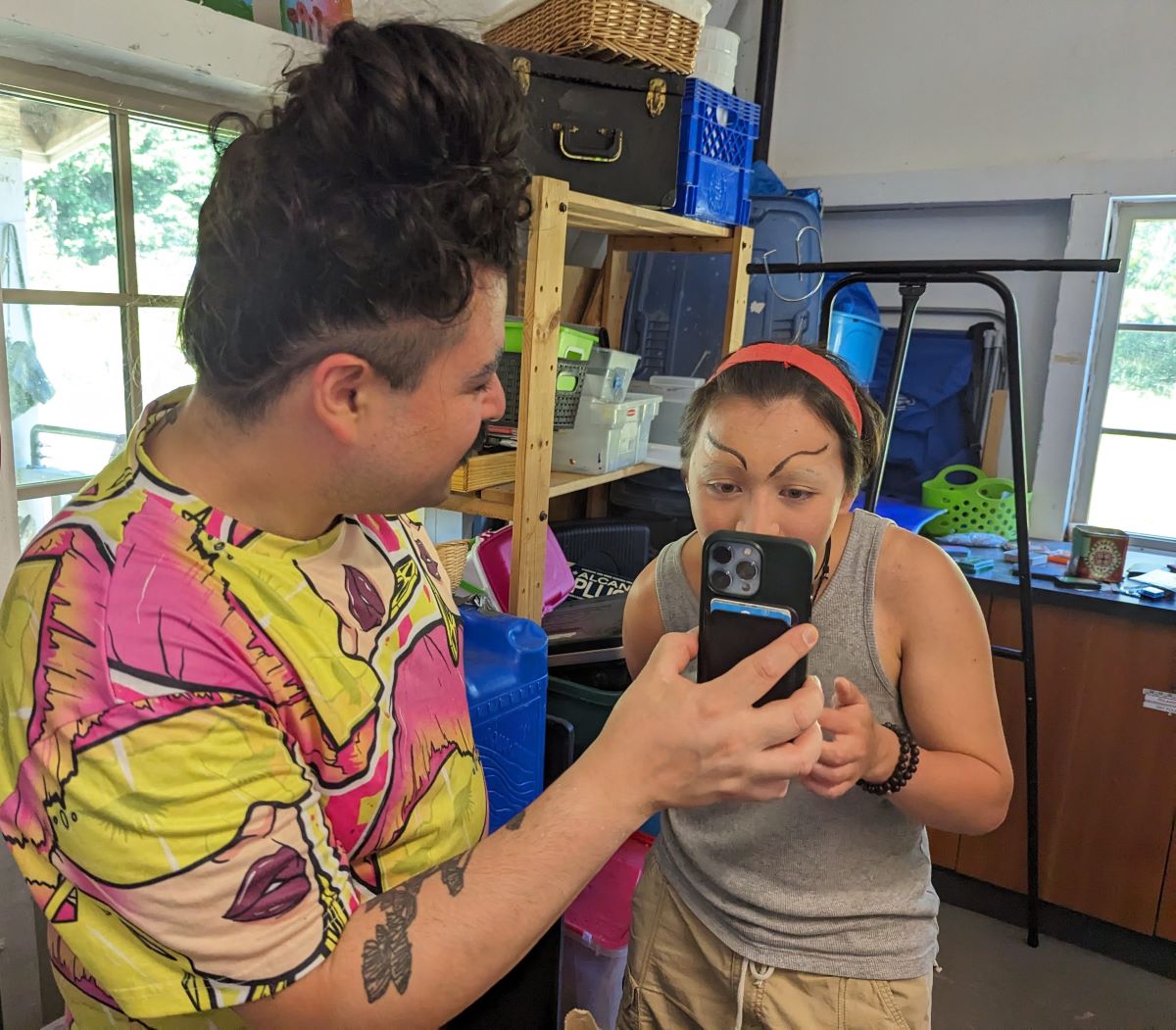
In B.C. we’ve seen adults invade children’s spaces like drag time story hour and protest outside of schools. Is there a safety concern to having a camp for LGBTQ2S+ kids?
Something we have been really well prepared with is there is a rigorous application process for the campers and for the community leaders: cabin leaders, community mentors and Care Bear team, which is nurses, mental health support, all that. I actually felt like I was interviewing for a job.
And Camp Fircom has its own harbour. It’s just so outside of the mainstream world, you really do feel like you’re in this magical island by yourself. And it’s only queer people allowed. Even if you see it on the map, there’s no way to reach it if you’re not in a water taxi.
So it’s hard to get to.
It’s hard to get to in a physical way, but also in an emotional, mental way. We are all supporting each other during that time because it can feel daunting for someone who is questioning or nearly came out and you’re suddenly in a space where you are actually embracing who you are, and it’s a difficult process. It’s not like you came out and you’re this rainbow of sunshine.
For some campers, it’s a process of understanding and reflection. You can see a lot of that in how they are moving through the motions of understanding, but at the end, they have gained so much from it. ![]()
Read more: Education, Gender + Sexuality
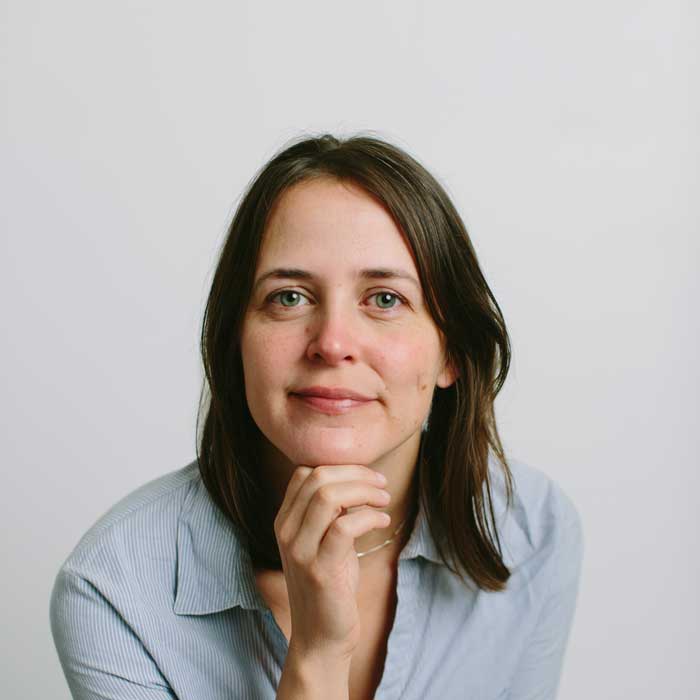

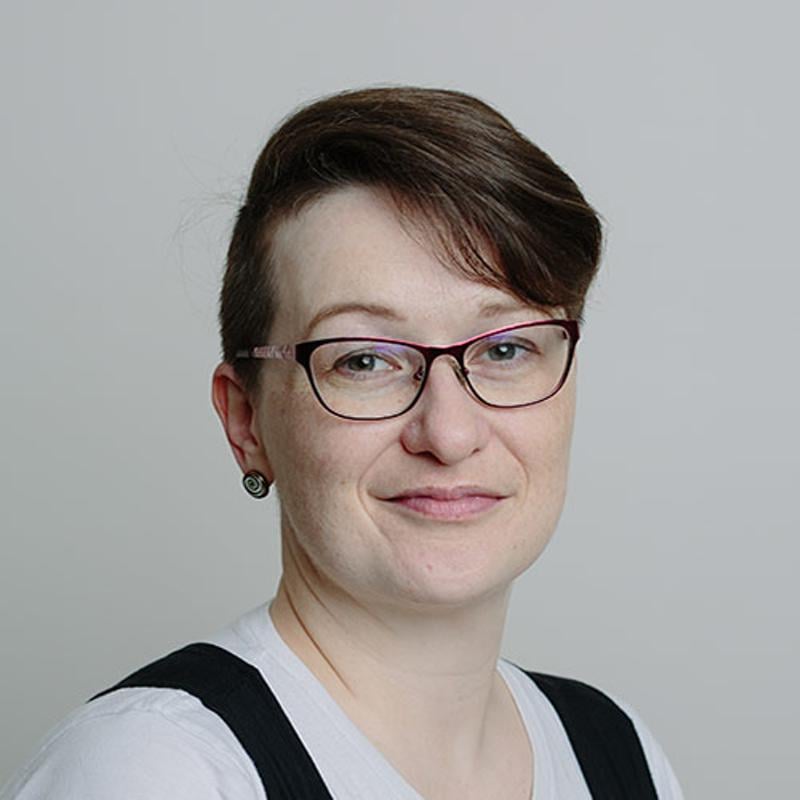

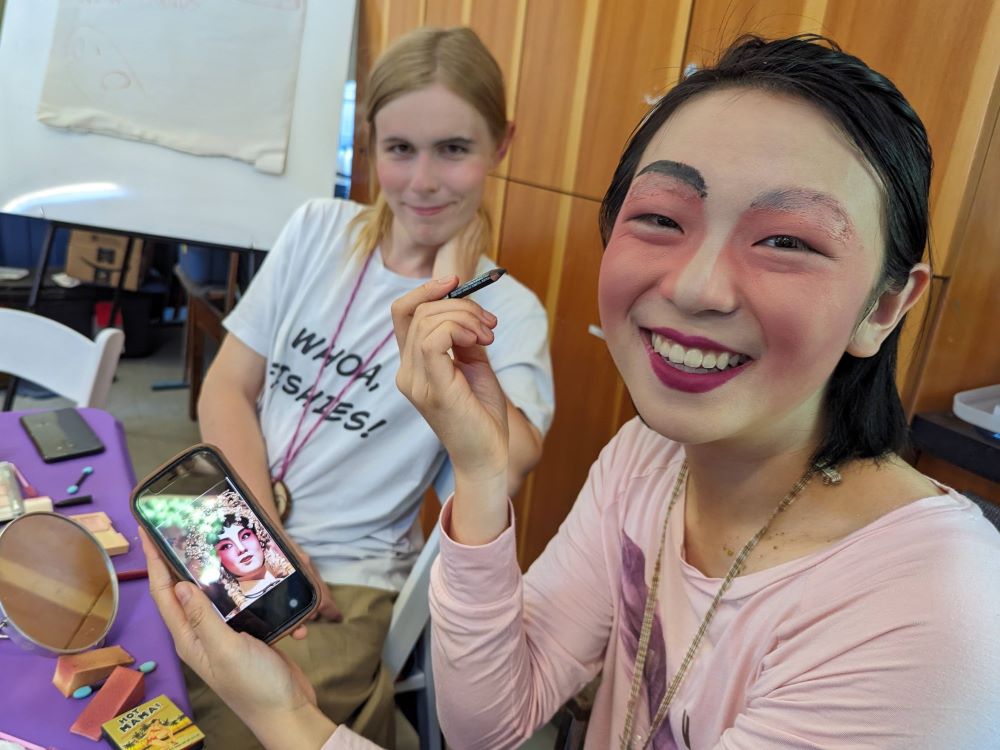
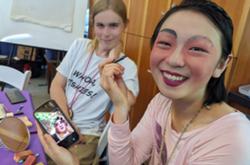
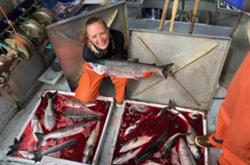

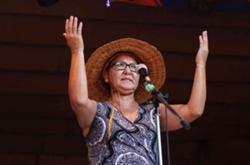
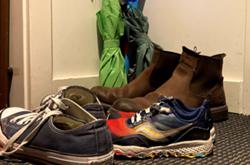
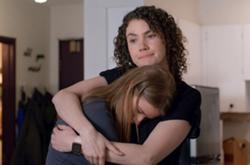
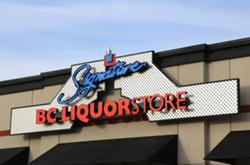
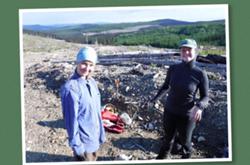

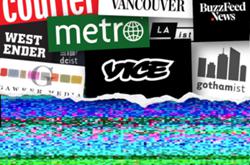
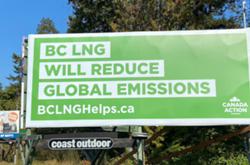
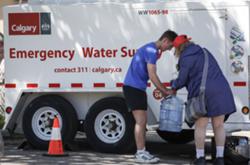
Tyee Commenting Guidelines
Comments that violate guidelines risk being deleted, and violations may result in a temporary or permanent user ban. Maintain the spirit of good conversation to stay in the discussion and be patient with moderators. Comments are reviewed regularly but not in real time.
Do:
Do not: